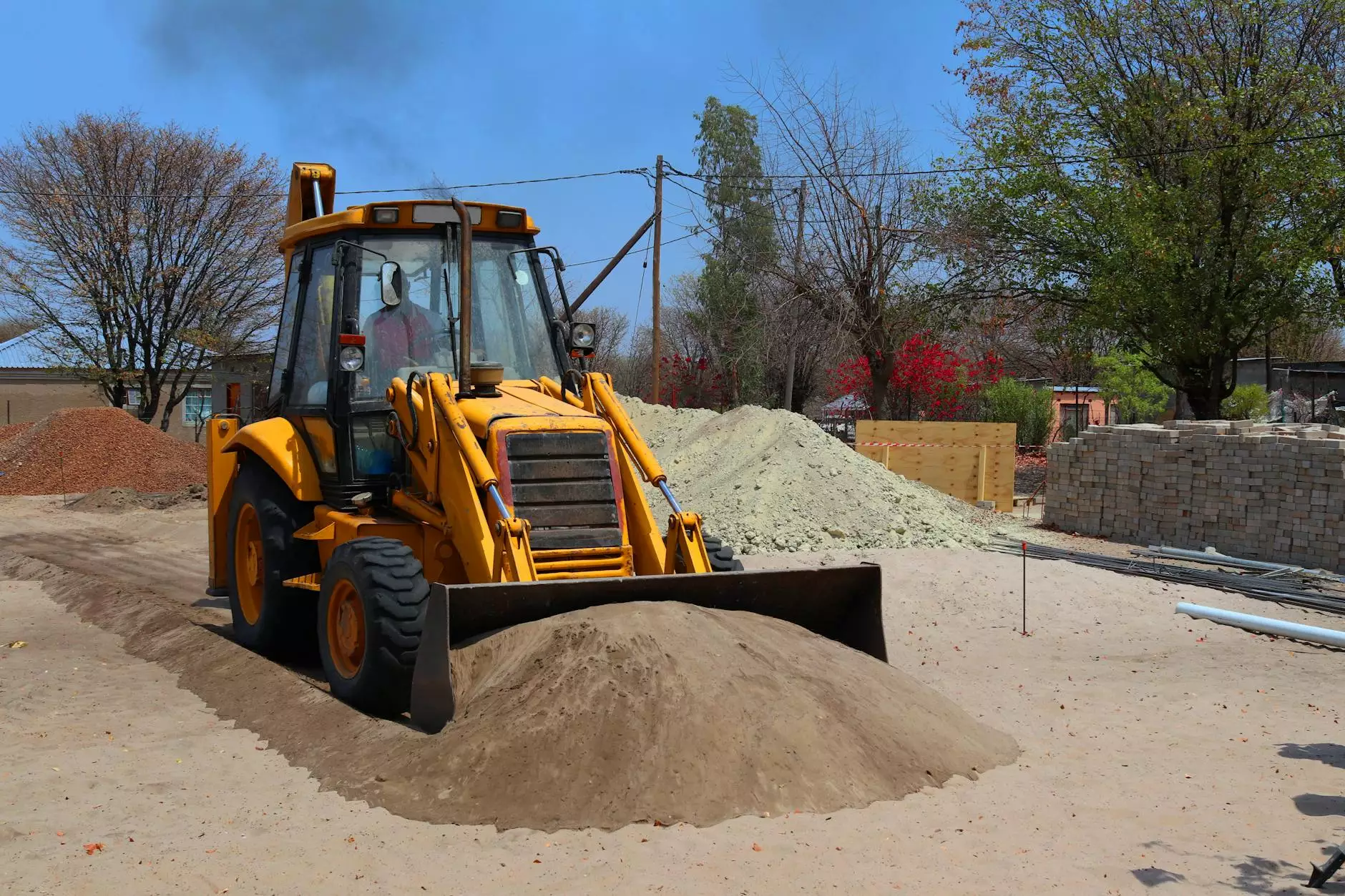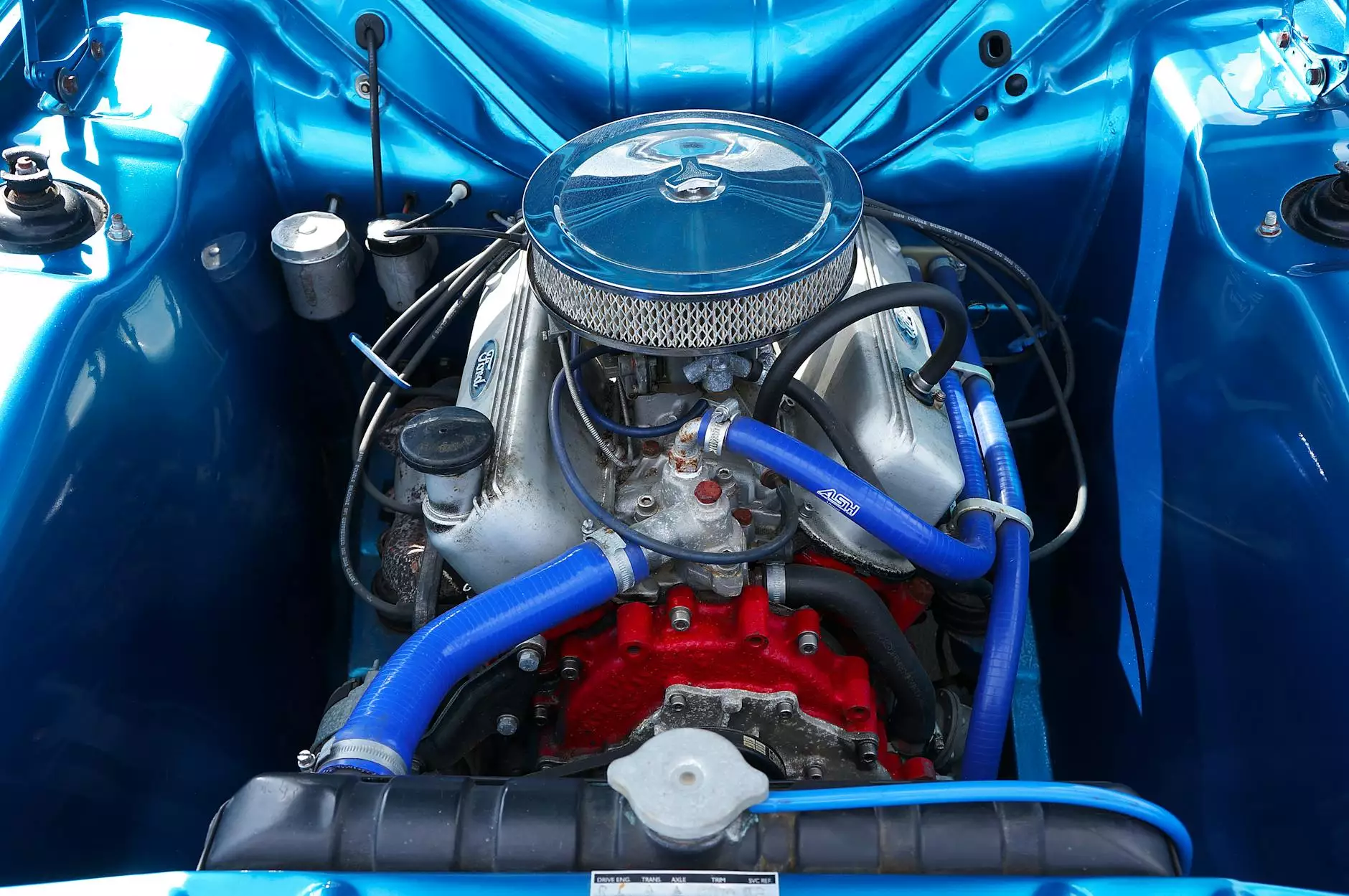WVO/Diesel Blend Requirements

At Grafco Electric, we understand the importance of staying up-to-date with the latest technological advancements and trends in the renewable energy sector. One such trend gaining popularity is the blending of Waste Vegetable Oil (WVO) with traditional diesel fuel.
What is WVO/Diesel Blend?
WVO, as the name implies, refers to the discarded oil derived from vegetables used in cooking. Instead of disposing of this waste oil, it can be recycled and repurposed for a more sustainable fuel option. The process involves blending WVO with diesel fuel to create an alternative fuel that can power various machinery, including vehicles, generators, and industrial equipment.
Advantages of Using WVO/Diesel Blend
The utilization of WVO/Diesel Blend offers several advantages, contributing to both environmental sustainability and cost-effectiveness:
- Reduced Carbon Footprint: By incorporating WVO in the blend, carbon emissions are significantly reduced, contributing to cleaner air quality. This alternative fuel acts as a renewable energy source, decreasing the reliance on fossil fuels.
- Waste Management Solution: The use of WVO as a fuel helps in managing and repurposing the waste produced from the food industry. It reduces the environmental impact of disposing of large quantities of discarded cooking oil.
- Cost Savings: Utilizing WVO/Diesel Blend can result in cost savings as the recycled oil can often be acquired at a lower cost or even for free. Additionally, the reduced carbon emissions may lead to potential tax incentives or rebates in certain regions.
- Long-Term Engine Health: Blending WVO with diesel fuel has been found to provide lubrication and minimize wear on engine components, potentially extending the engine's lifespan and reducing maintenance costs.
Important Considerations for WVO/Diesel Blend
While the idea of using WVO/Diesel Blend may sound appealing, it's crucial to understand and adhere to certain requirements to ensure optimal performance and compliance with regulations:
1. Quality of Waste Vegetable Oil
The quality of WVO plays a significant role in the success of the blend. It is important to source WVO from reliable suppliers, as contaminated oil or oil with high water content can negatively impact engine performance. Proper filtration and testing are essential to remove impurities and water before blending the oil with diesel fuel.
2. Temperature Control
WVO has a higher viscosity compared to diesel fuel, especially at lower temperatures. It is vital to ensure the fuel system is equipped to handle the differences in viscosity and prevent fuel line clogging. Preheating the WVO may be necessary in colder climates to avoid flow problems.
3. Fuel System Modifications
Adapting the fuel system to accommodate the use of WVO/Diesel Blend is crucial. Consult with certified professionals to ensure the appropriate modifications are made to the fuel storage, supply, and injection systems. This includes installing separate tanks, filters, and valves to prevent any potential damage to the engine.
4. Compliance with Local Regulations
Before implementing WVO/Diesel Blend, it is essential to be familiar with local regulations governing the use of alternative fuels. Compliance with emission standards, fuel quality specifications, and taxation policies is necessary. Familiarize yourself with any necessary permits or certifications required for legal operation.
Final Thoughts
Blending Waste Vegetable Oil (WVO) with diesel fuel offers a great opportunity for a more sustainable and cost-effective fuel option. At Grafco Electric, we are committed to providing comprehensive information on the requirements, advantages, and considerations for WVO/Diesel Blend. Stay informed and make informed decisions to contribute to a greener future.









